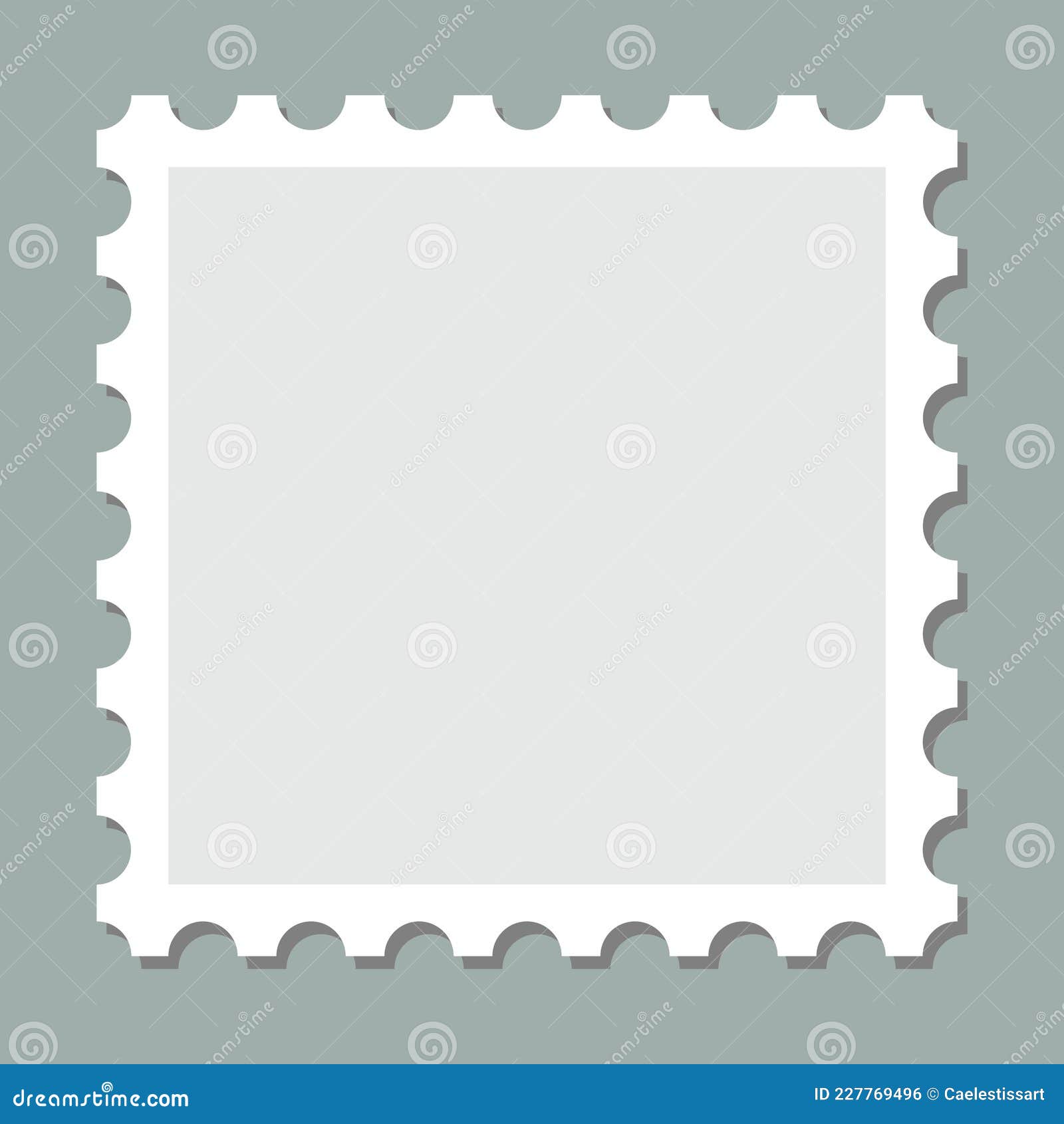

In 1870, the North German Confederation was joined by Baden, Bavaria, Great Britain, Luxembourg and Switzerland. The period from 1870 to 1874 saw a great number of countries begin the issuance of postals.

With the outbreak of the Franco-Prussian War in July 1870, the government of the North German Confederation decided to take the advice of Austrian Emanuel Herrmann and issued postals for soldiers to inexpensively send home from the field. In October 1869, the post office of Austria-Hungary accepted a similar proposal, also without images, and 3 million cards were mailed within the first 3 months. His proposal was denied on grounds of being too radical and officials did not believe anyone would willingly give up their privacy. He proposed that one side would be reserved for a recipient address, and the other for a brief message. field post correspondence card) used during the Franco-Prussian War of 1870.Ī Prussian postal official, Heinrich von Stephan, first proposed an "open post-sheet" made of stiff paper in 1865. While the United States government allowed privately printed cards as early as February 1861, they saw little use until 1870, when experiments were done on their commercial viability. Charlton of Philadelphia, who patented a private postal card, and sold the rights to Hymen Lipman, whose postcards, complete with a decorated border, were marketed as "Lipman's Postal Card". The first commercially produced card was created in 1861 by John P. In the United States, the custom of sending through the mail, at letter rate, a picture or blank card stock that held a message, began with a card postmarked in December 1848 containing printed advertising. In 2002 the postcard sold for a record £31,750. He probably did so as a practical joke on the postal service, since the image is a caricature of workers in the post office. Hook posted the card, which bears a penny black stamp, to himself in 1840 from Fulham (part of London). The earliest known picture postcard was a hand-painted design on card created by the writer Theodore Hook. Ĭards with messages have been sporadically created and posted by individuals since the beginning of postal services. The study and collecting of postcards is termed deltiology (from Greek deltion, small writing tablet, and English -logy, the study of). As an easy and quick way for individuals to communicate, they became extremely popular. Production of postcards blossomed in the late 19th and early 20th centuries. While a postcard is usually printed and sold by a private company, individual or organization, a postal card is issued by the relevant postal authority (often with pre-printed postage). Stamp collectors distinguish between postcards (which require a postage stamp) and postal cards (which have the postage pre-printed on them). In some places, one can send a postcard for a lower fee than a letter. state of Michigan, and coconut "postcards" from tropical islands.


There are novelty exceptions, such as wooden postcards, copper postcards sold in the Copper Country of the U.S. Non-rectangular shapes may also be used but are rare. Example of a court card, postmarked 1899, showing Robert Burns and his cottage and monument in AyrĪ postcard or post card is a piece of thick paper or thin cardboard, typically rectangular, intended for writing and mailing without an envelope.


 0 kommentar(er)
0 kommentar(er)
